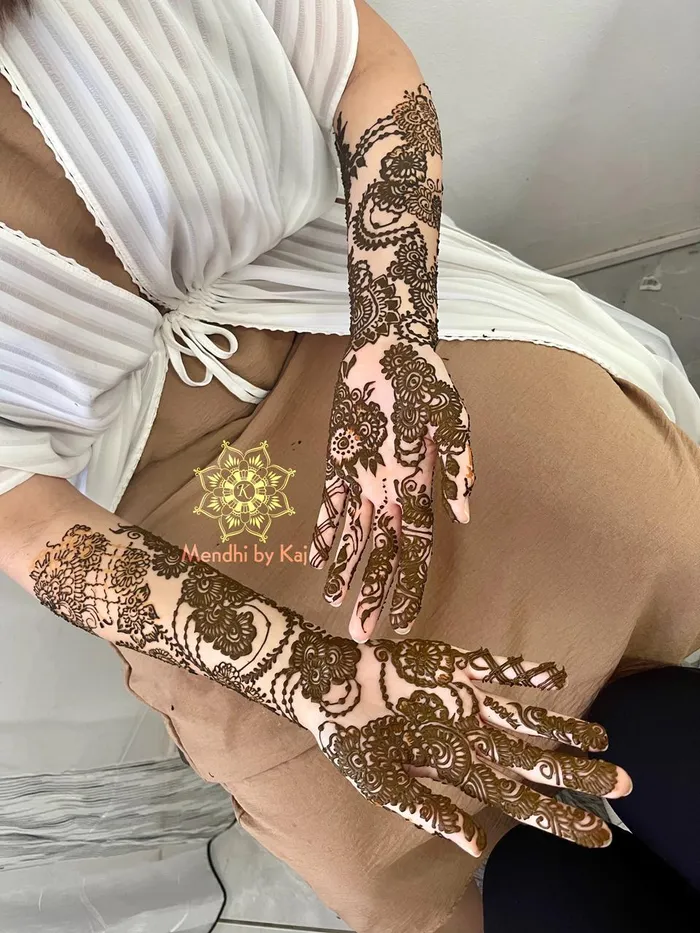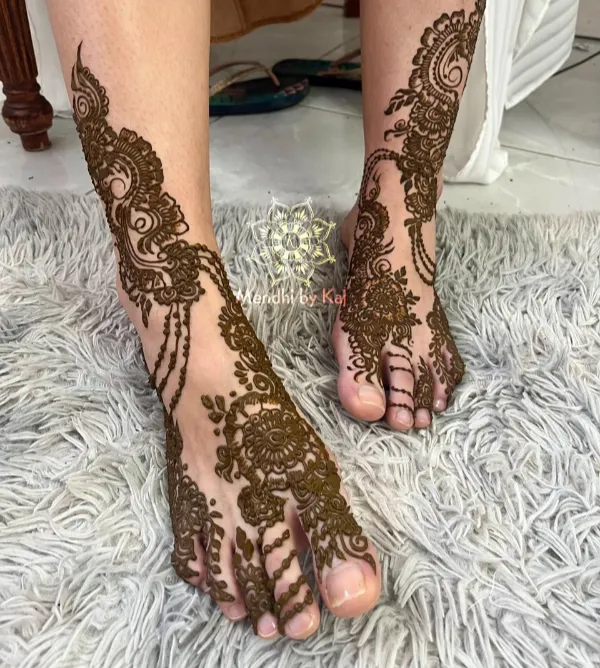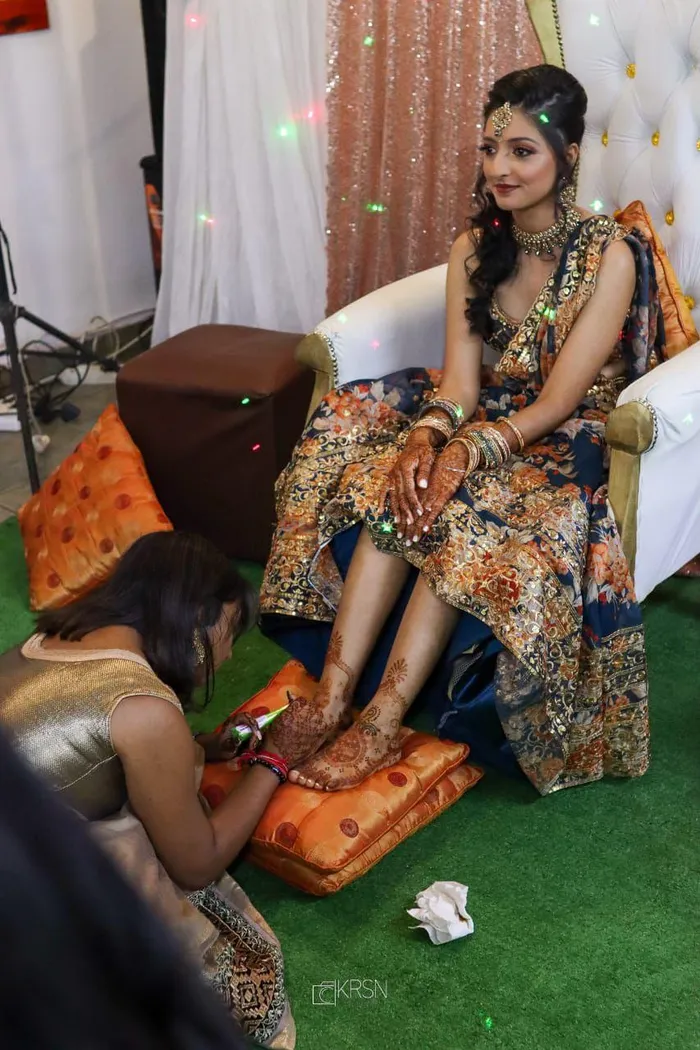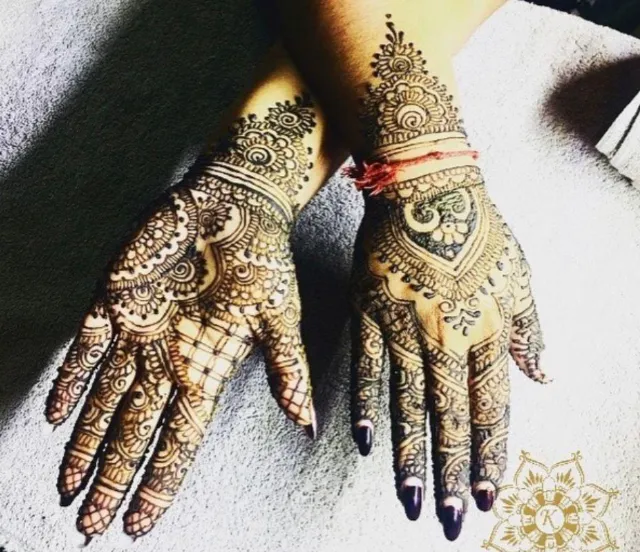Hands of tradition: Kajal Sewpal's mendhi artistry blooms during Diwali season
Cultural traditions

Kajal Sewpal.
Image: Supplied
FOR 29-year-old Kajal Sewpal, balancing two very different careers is a daily art in itself. By day, she works as a quantity surveyor and estimator. By night, her hands become tools of tradition and creativity as she transforms palms and fingers into intricate canvases of mendhi art.
This time of year marks one of the busiest seasons for Sewpal, second only to the wedding season. With Diwali celebrations in full swing, the demand for henna art has skyrocketed, and she is embracing every moment.

Kajal Sewpal's mendhi hand designs.
Image: Supplied
“It is one of the busiest times as a mendhi artist. I try to structure a timeline of appointments so that I can accommodate as many clients as possible,” said the Newlands West resident.
Sewpal, who runs her business, Mendhi by Kaj, has been practising the art form since 2008 and transitioned into professional work in 2018.
What started as a childhood fascination, she said, quickly grew into a lifelong passion.
“As a kid, I looked for any excuse to put mendhi on, and I always troubled my aunty to put it on for me. Growing up, I taught myself how to do it. By the time I was a teenager, I learnt how to use both my dominant and non-dominant hands to draw out the various patterns on my hands.”

Kajal Sewpal's mendhi feet designs.
Image: Supplied
From decorating friends’ hands during lunch breaks to managing mendhi nights with up to 30 people, Sewpal’s journey is one of dedication and organic growth.
As the festive season evolves, so do the preferences of her clientele.
“It is a little bit of both when it comes to trend and tradition. There are some that stick to the traditional style and others who love mixing traditional with tattoo-type designs. That is what makes it so much fun for me as an artist. I get to test my creativity with these special requests.”
Her custom packages cater to both individual appointments and Diwali get-togethers, which have started to resemble mendhi nights, where entire groups gather for shared experiences.

Kajal Sewpal's mendhi doing mendhi for Avani Naidu Hiralal.
Image: Supplied
This year, minimalist designs are taking center stage.
“Most variations are of a mandala pattern with a flower center or diagonal strips with net and chain-style patterns.”
For those wanting their designs to last and deepen in colour, Sewpal offers key aftercare tips.
“My main rule is to keep it on as long as possible, preferably overnight and keep the hands out of water for at least eight hours after application. Once the mendhi dries and is removed, rubbing oil, like eucalyptus or mustard, can be used on the fresh stain to help deepen the colour.”
The full colour development can take up to 48 hours, starting as a bright orange and gradually darkening to a rich brown.

Kajal Sewpal's mendhi designs.
Image: Supplied
Sewpal draws inspiration from everyday life and her clients themselves.
“Any type of object or pattern can cause a roll of creativity. I love looking at the latest trends as well to keep things fresh. My clients also contribute."
Mendhi holds deep cultural significance, particularly during weddings.
“It is a symbol of happiness and prosperity, applied to the bride as a blessing for good health and a strong bond with her future family,” said Sewpal.
For more information, visit Sewpal’s Facebook page: Mendhi By Kaj.